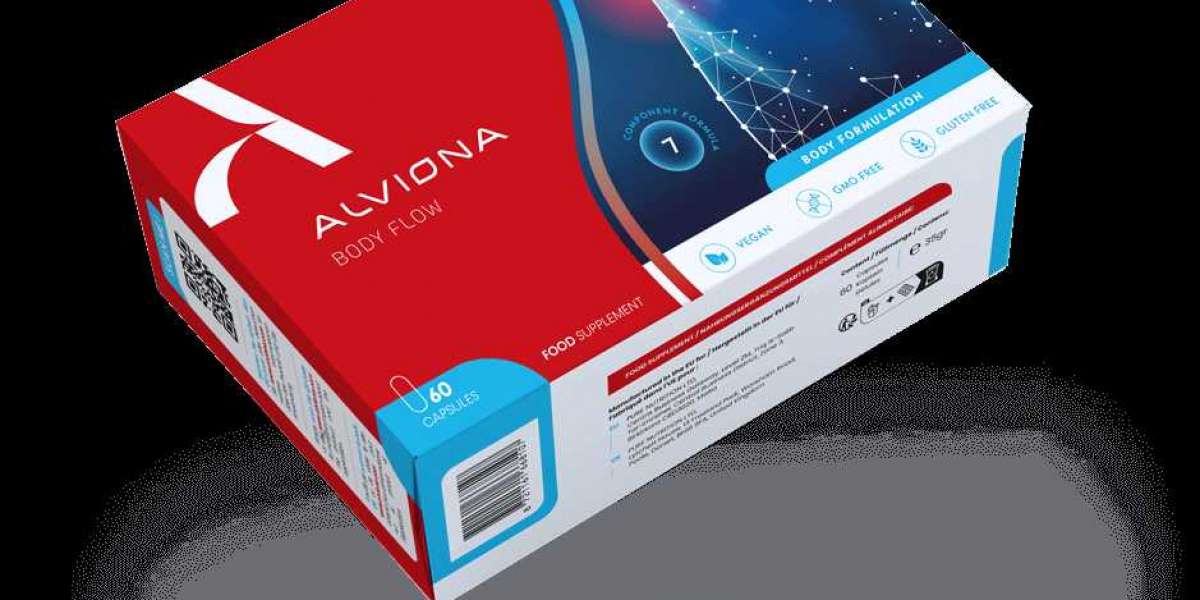How Combat Dressings Are Transforming Military Trauma Care in 2025
Military trauma care has evolved significantly over the past few decades, with technological advancements improving the way injuries are treated on the battlefield. Among these innovations, combat dressings—specialized bandages designed to address trauma injuries—have become a crucial part of modern battlefield medicine. These dressings are transforming the way wounds are managed in combat situations, providing faster, more effective care for soldiers.
In 2025, combat dressings are no longer just basic bandages; they are sophisticated, high-performance solutions that address a variety of injury types, from bleeding control to infection prevention. This blog explores how combat dressings are evolving, the technologies behind them, and their impact on military trauma care.
The Role of Combat Dressings in Battlefield Trauma Care
In the chaos of a battlefield, injuries are often severe and require immediate intervention to save lives. Combat dressings are designed to quickly address these injuries, particularly those caused by gunshot wounds, shrapnel, and other traumatic injuries. The primary goals of combat dressings are to:
Control bleeding
Prevent infection
Promote faster healing
Provide pain relief
Historically, traditional bandages were used to stop bleeding and cover wounds. However, advancements in hemostatic technology, infection control, and dressing materials have dramatically improved the effectiveness of combat dressings. Today’s dressings are far more sophisticated, offering greater versatility and improved outcomes in critical situations.
Hemostatic Agents and Their Impact
One of the most significant advancements in combat dressings has been the development of hemostatic agents—substances that help control bleeding by promoting rapid clot formation. Hemostatic dressings are infused with materials like kaolin, chitosan, or zeolite, which help to speed up the body’s natural clotting process.
For example, Combat Gauze (a popular brand in military medicine) contains a hemostatic agent that rapidly accelerates clotting and significantly reduces the time it takes to stop arterial or venous bleeding. These dressings are often the first line of defense for combat medics and soldiers in self-aid situations, allowing them to address severe hemorrhage before evacuation or further medical intervention can occur.
The speed and effectiveness of hemostatic dressings have revolutionized trauma care, reducing time to stabilization and improving survival rates for soldiers wounded in combat.
Infection Control and Antimicrobial Properties
In the battlefield environment, infection is a major concern. Injuries sustained during combat are highly susceptible to bacterial infections, which can rapidly complicate what might otherwise be a treatable injury. Combat dressings in 2025 are increasingly infused with antimicrobial agents to reduce the risk of infection.
Modern combat dressings are made from materials like silver-infused fibers, which have natural antimicrobial properties. These materials help to create a barrier that prevents harmful bacteria from entering the wound, even in the harsh, unsanitary conditions of a battlefield. This reduces the need for antibiotics and helps to keep soldiers stable until they can be evacuated and receive further medical treatment.
Additionally, some advanced dressings incorporate hydrocolloid or hydrogel layers that not only protect against infection but also maintain a moist wound environment, which has been shown to promote faster healing.
Advancements in Dressing Materials and Functionality
The materials used in combat dressings are evolving, making them lighter, more efficient, and easier to use under combat conditions. For example, non-stick pads are now commonplace in modern dressings, preventing trauma to the wound site when the dressing is removed. Self-adhesive dressings have also made the application process quicker and more efficient, allowing soldiers to treat themselves or their comrades with minimal delay.
Another significant development is the use of elasticized dressings that can conform to irregularly shaped wounds, such as those around joints. These dressings provide both flexibility and secure attachment, ensuring that the dressing stays in place even during movement or strenuous activity.
Moreover, compression bandages are often incorporated into the dressing to apply pressure to deep or bleeding wounds. These bandages can help stabilize wounds and control blood flow, which is essential when treating injuries in a combat environment.
Integration with Modern Medical Technologies
In 2025, the effectiveness of combat dressings is further enhanced by their integration with modern medical technologies. For instance, some combat dressings are now equipped with sensors that monitor wound conditions in real time. These sensors can provide valuable data on factors like blood oxygen levels, temperature, and wound healing progress, allowing medics to make informed decisions about further treatment.
The use of smart technology in combat dressings represents a major leap forward, offering data-driven insights that enhance battlefield medicine. These innovations are particularly valuable in telemedicine scenarios, where medics can remotely monitor wounded soldiers and provide real-time guidance, optimizing treatment outcomes.
The Future of Combat Dressings in Military Trauma Care
Looking ahead, the development of combat dressings is expected to continue evolving. Biodegradable materials, nanotechnology, and advanced wound-healing agents are all on the horizon, offering even more efficient, sustainable, and effective solutions for managing trauma injuries. The incorporation of artificial intelligence (AI) and augmented reality could also enable soldiers to self-diagnose wounds and apply treatments more effectively in high-stress environments.
Additionally, combat dressings may become even more personalized, taking into account the soldier’s specific medical history, allergies, and injury types to deliver optimal treatment. These advancements will continue to transform military trauma care, ensuring that soldiers receive the best possible care even in the most challenging environments.
Conclusion
In 2025, combat dressings are no longer simple bandages; they are advanced, multifunctional tools that are integral to saving lives on the battlefield. The combination of hemostatic agents, infection control, smart technologies, and innovative materials has made combat dressings a cornerstone of modern military trauma care. As technology continues to evolve, so too will the effectiveness and capabilities of these dressings, ensuring that soldiers have the best possible chance of surviving and recovering from traumatic injuries.
The future of combat dressings is bright, and their role in transforming military healthcare in 2025 and beyond will continue to be indispensable.







